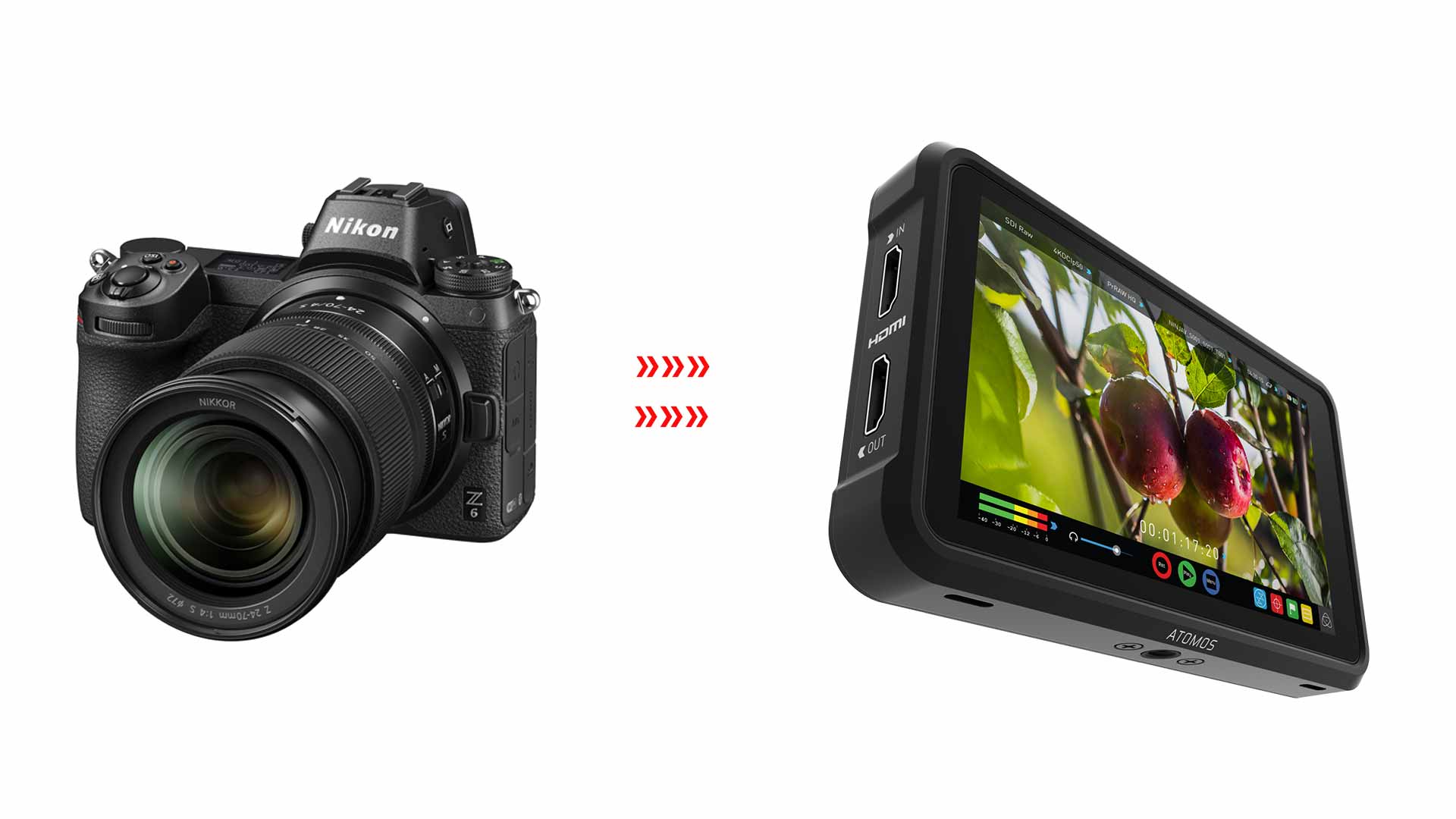New Mirrorless Cameras Are Serious About 4K, with 10-Bit 4:2:2 Output (and HDR) via HDMI
By Jim Bask
From studiodaily.com
As the arms race in mirrorless cameras heats up — led by Sony, which was an early proponent of the technology with its Alpha A7R and A7S cameras — the smaller, lighter DSLR alternatives are becoming more numerous and fully featured. That’s never been more apparent than it is right now, with new models from Fujifilm as well as mirrorless newcomers Canon and Nikon taking pains to appeal to video shooters as much as they do to still photographers.
That’s been good news for Atomos, which celebrated Nikon’s announcement last month of its new Z 6 and Z 7 mirrorless cameras by declaring that they were the first in the world to allow 10-bit full-frame 4K 30p video recording to Apple ProRes and Avid DNx formats. Yes, other mirrorless cameras output 4K, but with certain limitations. For example, Sony’s full-frame cameras output only 8-bit, and Panasonic’s 10-bit-capable GH5 uses a micro-four-thirds sensor (17.3mm x 13 mm) rather than full-frame.
Nikon’s Z 6 and Z 7 use N-Log gamma to support HDR recording, and Atomos has already developed presets to convert the footage for display in HDR.
The Z 7’s backside-illumination full-frame (35.9mm x 23.9 mm) CMOS sensor has 45.7 effective megapixels with an ISO 64–25600 range, while the Z 6’s sensor has 24.5 effective megapixels and supports ISO 100-51200. The Z7 also boasts 493 focus points compared to 273 on the Z 6, with both covering about 90 percent of the imaging area, Nikon said…read more

